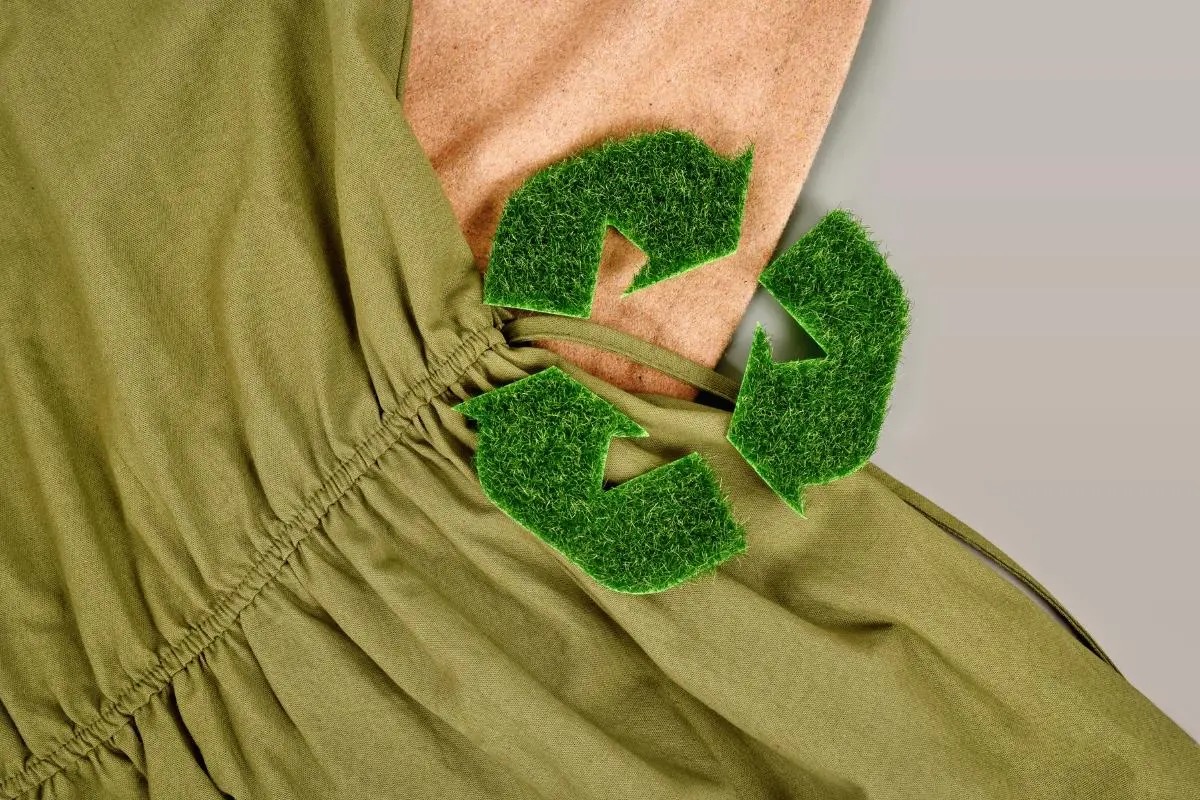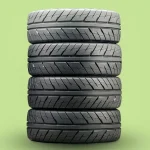Revamping the Future: Innovations in Textile Recycling
Introduction to Textile Recycling
In an era increasingly characterized by environmental consciousness and a push towards sustainability, the textile industry faces significant scrutiny. As one of the largest contributors to waste and pollution, it is imperative for this sector to evolve. Textile recycling stands as a beacon of hope, offering a pathway to mitigate waste, reduce the industry’s environmental footprint, and introduce more sustainable practices. This article explores the promising future of textile recycling, examining both the innovative technologies emerging in the field and the challenges that must be overcome to make textile recycling more widespread and effective.
What is Textile Recycling?
Textile recycling involves the process of reclaiming fiber, yarn, and fabric from pre-consumer and post-consumer waste. The goal is to transform these materials into new textiles or other useful products, thereby extending the life cycle of the original materials. This process not only helps reduce landfill use and the consumption of raw materials but also decreases the environmental impact associated with the production of new textiles.
Innovations in Textile Recycling
The textile recycling industry is witnessing a surge of technological innovations aimed at improving the efficiency and effectiveness of recycling processes. These advancements are pivotal in transforming old textiles into high-quality new products.
Advanced Sorting Technologies
One of the key innovations in textile recycling is in the realm of sorting technologies. Traditional methods, which rely heavily on manual labor, are both time-consuming and less accurate. Emerging technologies, such as infrared and near-infrared spectroscopy, have revolutionized this process. These technologies can quickly and accurately identify fabric compositions and colors, enabling more precise sorting and better-quality recycling outcomes.
Chemical Recycling Techniques
Chemical recycling represents a significant leap forward from mechanical recycling. While mechanical recycling involves physically breaking down textiles, chemical recycling breaks them down at the molecular level. This method allows for the extraction of polymers from blended fabrics, which can then be reused to produce new fibers of virgin quality. Innovations in chemical recycling, such as the use of enzymes and other solvents, are making this process more viable and less environmentally damaging.
Fiber-to-Fiber Recycling Processes
Fiber-to-fiber recycling is an exciting development that promises to keep materials in a continuous loop of production. Companies are developing technologies that can take old garments and other textile waste, break them down, and respin the fibers into new yarns. This process is crucial for achieving a circular economy within the textile industry, as it ensures that the fibers are reused in the most sustainable way possible.
Challenges Facing Textile Recycling
Despite the progress, there are numerous challenges that the textile recycling industry must address to enhance its impact.
Economic Viability
One of the major challenges is the economic aspect of textile recycling. The costs associated with collecting, sorting, and processing old textiles are still high compared to the relatively low cost of producing new synthetic fibers. For textile recycling to be economically viable, industry stakeholders must innovate not only in technology but also in business models.
Quality of Recycled Materials
Another significant challenge is the quality of the recycled materials. Often, recycled fibers are shorter and weaker than virgin fibers, leading to less durable end products. Continuous research and development are necessary to improve the quality of recycled textiles to match that of new materials.
Lack of Infrastructure
The infrastructure for collecting and processing textile waste is insufficient in many parts of the world. Developing a more robust infrastructure is essential for scaling up textile recycling efforts. This includes everything from collection bins in public spaces to large-scale recycling facilities that can handle the volume of waste generated by today’s consumers.
Consumer Participation
Lastly, the success of textile recycling also hinges on consumer participation. Awareness campaigns and incentives might be required to encourage more people to donate their unwanted clothes. Additionally, there needs to be a shift in consumer behavior towards purchasing products made from recycled materials.
As we move forward, the textile recycling industry must continue to innovate and overcome these challenges. By doing so, it can significantly contribute to a more sustainable and environmentally friendly future. In the next part of this article, we will delve deeper into the impact of these innovations and explore real-world applications and future prospects for the textile recycling industry.
Expanding Horizons in Textile Recycling
As we delve deeper into the textile recycling industry’s potential, it’s essential to examine how ongoing innovations and strategic approaches can address existing challenges and create a more sustainable future. This section explores practical applications of new technologies and the future prospects of the textile recycling industry.
Real-World Applications of Textile Recycling Innovations
The advancements in textile recycling are not just theoretical; they are being applied in real-world settings with significant impacts. For instance, major fashion brands are increasingly incorporating recycled materials into their products. Companies like Patagonia and H&M are leading the way by using recycled polyester and cotton, showcasing that high-quality clothing can be produced sustainably.
Moreover, startups and tech companies are stepping up, introducing groundbreaking solutions that enhance textile recycling processes. For example, innovations such as blockchain technology are being used to trace recycled materials back to their origins, ensuring transparency and trust in recycled products.
Collaborative Efforts and Policy Support
Achieving a more substantial impact through textile recycling also requires collaborative efforts and supportive policies. Governments and industry leaders are beginning to implement regulations and initiatives that favor recycling and sustainable practices. For example, the European Union’s Circular Economy Action Plan includes measures to promote textile recycling, which could serve as a model for other regions.
Partnerships between public and private sectors are also crucial. These collaborations can facilitate the sharing of resources, knowledge, and technology, accelerating the development of more efficient and scalable recycling solutions.
Future Prospects and Directions
Looking forward, the prospects for textile recycling are promising, but they hinge on continuous innovation and improved market conditions. The development of “smart textiles” that are easier to recycle and the use of biotechnology for breaking down and repurposing fibers are areas ripe for exploration. Additionally, as consumer awareness increases, demand for recycled textiles is expected to grow, which could drive further investment and progress in this sector.
Challenges to Anticipate
Despite the optimistic outlook, the industry must remain vigilant about potential obstacles. Technological advancements must keep pace with the growing complexity of textile materials and designs. Furthermore, global supply chains pose significant logistical challenges for collecting and redistributing textile waste efficiently.
Encouraging Consumer Behavior Change
To fully capitalize on these advancements, there must also be a shift in consumer behavior. Educating consumers about the importance of recycling and the value of purchasing recycled products is essential. Retailers can play a significant role in this by marketing recycled goods more effectively and providing clear information about the environmental benefits of these products.
Conclusion: The Path Towards a Sustainable Textile Future
The journey towards a sustainable textile industry is complex and challenging. However, with ongoing technological innovations, collaborative efforts, and supportive policies, textile recycling can significantly contribute to environmental sustainability. As consumers, industry leaders, and policymakers continue to embrace and promote recycling practices, the future of textiles looks increasingly green.
To learn more about how you can participate in and support textile recycling efforts, or to explore further innovations in this field, visit our official page. Together, we can make a difference in the industry and help pave the way for a more sustainable world. Your choices matter, and your actions can lead to significant environmental benefits. Join us in this crucial endeavor and be part of the solution.





